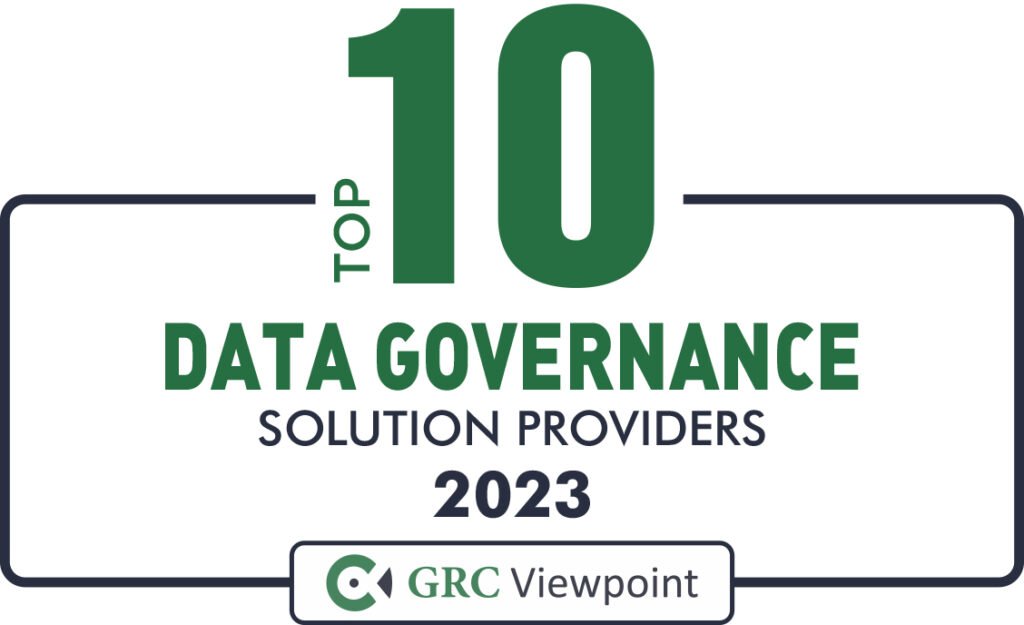Infobelt

Srini Mannava
Founder & CEO
“We understand all of those, and we were able to retire a bunch of their data into the cloud platforms that were set up specifically to meet those requirements in several parts of the world, so that way the customer actually can access the data anytime they want, and they avoid paying all of this maintenance.”
In an era where the corporate landscape is continually evolving, organizations grapple with a myriad of challenges, from data dispersion and security breaches to the complexities of regulatory compliance. Navigating these turbulent waters requires more than just technological solutions; it demands a profound understanding of the intricate nuances of corporate governance. Infobelt, a trailblazing force that emerges not merely as a solution provider but as a transformative ally in the realm of Governance, Risk, and Compliance (GRC).
Infobelt is a source of innovation and knowledge for businesses struggling with the ever-increasing challenges of data management, security, and regulatory compliance. Infobelt was founded by a group of founders with decades of combined experience in the corporate sector, thus the company has a firsthand understanding of the difficulties that businesses encounter. This knowledge serves as the cornerstone of Infobelt’s distinctive value proposition, which combines technology expertise with client-speaking skills.
Infobelt goes beyond what is often expected of a supplier of GRC solutions. It becomes a strategic partner, providing advanced technology together with a helping hand to navigate the maze of client demands. Infobelt is leading the way in introducing a new era of comprehensive and integrated GRC solutions, whether it is by solving coordination issues in large businesses or customizing solutions for smaller clients with particular demands.
The main advantage of Infobelt is that its founders and employees speak the same language as its clients because they have lived through and experienced the difficulties of working in the corporate environment. Infobelt is able to close the gap between technical goods and practical client solutions because of this unique edge. The group can interact with customers at several organizational levels, such as CFOs, CDOs, and CIOs, providing them with a thorough grasp of their requirements.
“We understand all of those, and we were able to retire a bunch of their data into the cloud platforms that were set up specifically to meet those requirements in several parts of the world, so that way the customer actually can access the data anytime they want, and they avoid paying all this maintenance,”
says Srini Mannava, Founder & CEO of Infobelt.
Infobelt helps clients of all sizes with problems they encounter in a variety of sectors. Infobelt excels in offering solutions for information, data security, and governance concerns, whether serving smaller businesses with particular difficulties or enterprise-sized organizations with substantial income and assets. The platform easily interfaces with on-premises systems, cloud-based solutions that are constantly growing, and internal applications.
The method used by the business to solve problems varies in size. Coordination and communication between departments can be difficult for larger businesses. Infobelt provides a uniform platform to help with this. Smaller and middle-tier clients gain from customized solutions including data transfer, isolation, and security that meet their unique requirements.
The core components of Infobelt’s flagship product are data protection and long-term records management. The platform offers complete records management, governance, and safe data storage. It is made to handle a variety of data formats. Infobelt guarantees scalable solutions by utilizing robotic process automation and machine intelligence, as evidenced by its accomplishments with a top-five global financial institution.
A notable financial institution that struggled with departmental disparities, data dispersion, and regulatory compliance is the subject of one noteworthy case study. More than 400 apps were successfully onboarded as a result of the data management process being expedited using Infobelt’s platform. The customer avoided risks related to data security and compliance and passed stringent regulatory examinations thanks to its secure storage of 30 trillion records.
In another scenario, a worldwide commercial real estate management company was having trouble with antiquated technologies and older ERP platforms. Infobelt assisted in the data reporting and archiving, modernizing their data management procedures, and enabling cost savings and regulatory compliance.
A culture of people-centeredness is fostered at Infobelt, with a focus on a mutual commitment to client success and a positive work-life balance. The organization promotes creativity and encourages team members to offer ideas, creating a climate in which everyone’s opinion is appreciated regardless of position. Infobelt’s commitment to leading the way in technology is demonstrated by its investments in artificial intelligence and machine learning, which foster a dynamic and innovative work environment.
The foundation of Infobelt’s success is its capacity to offer comprehensive solutions that fully address the problems faced by clients. Infobelt is shaping the future of GRC solutions with a committed workforce, a forward-thinking strategy, and a focus on client happiness.
Share News












